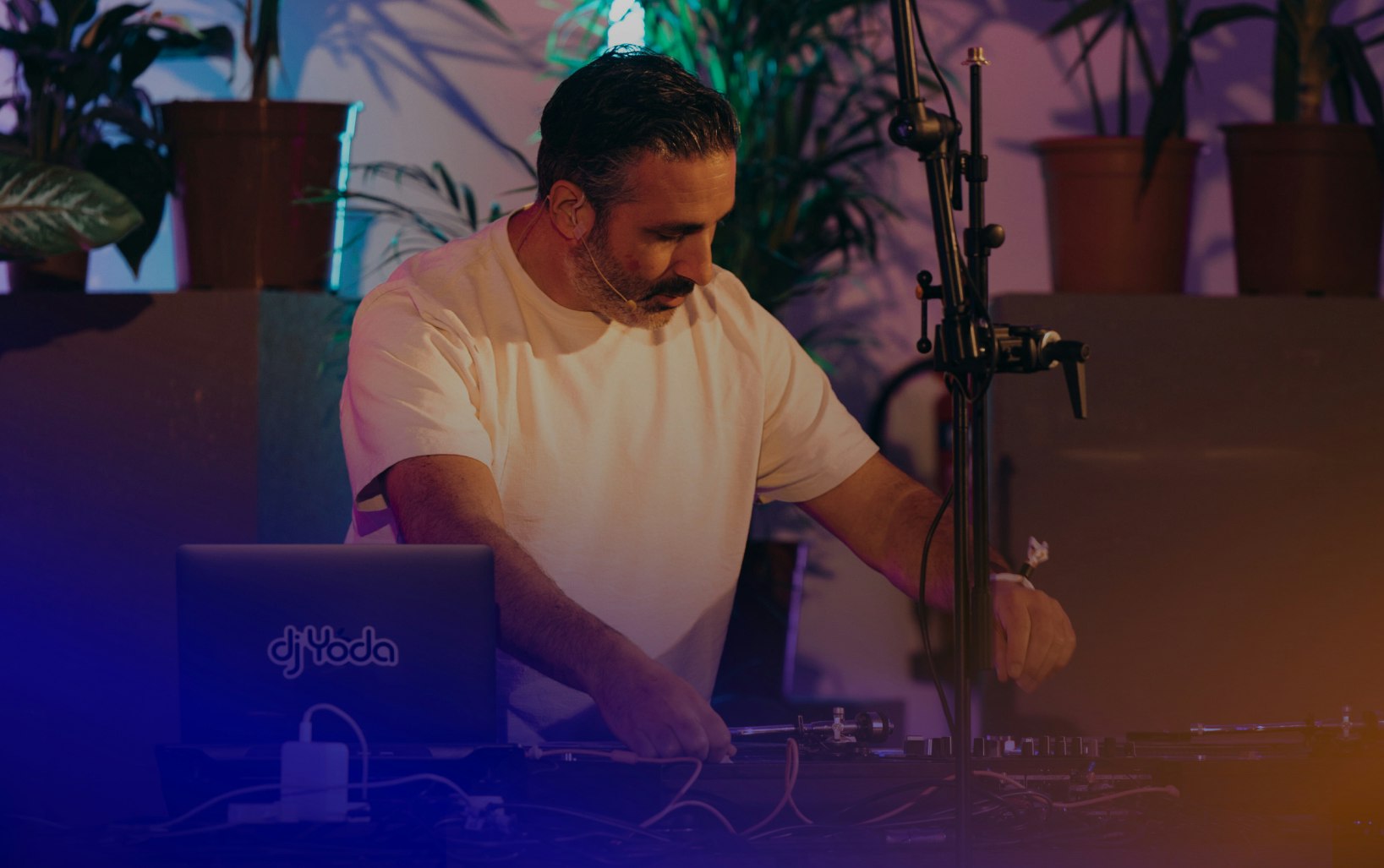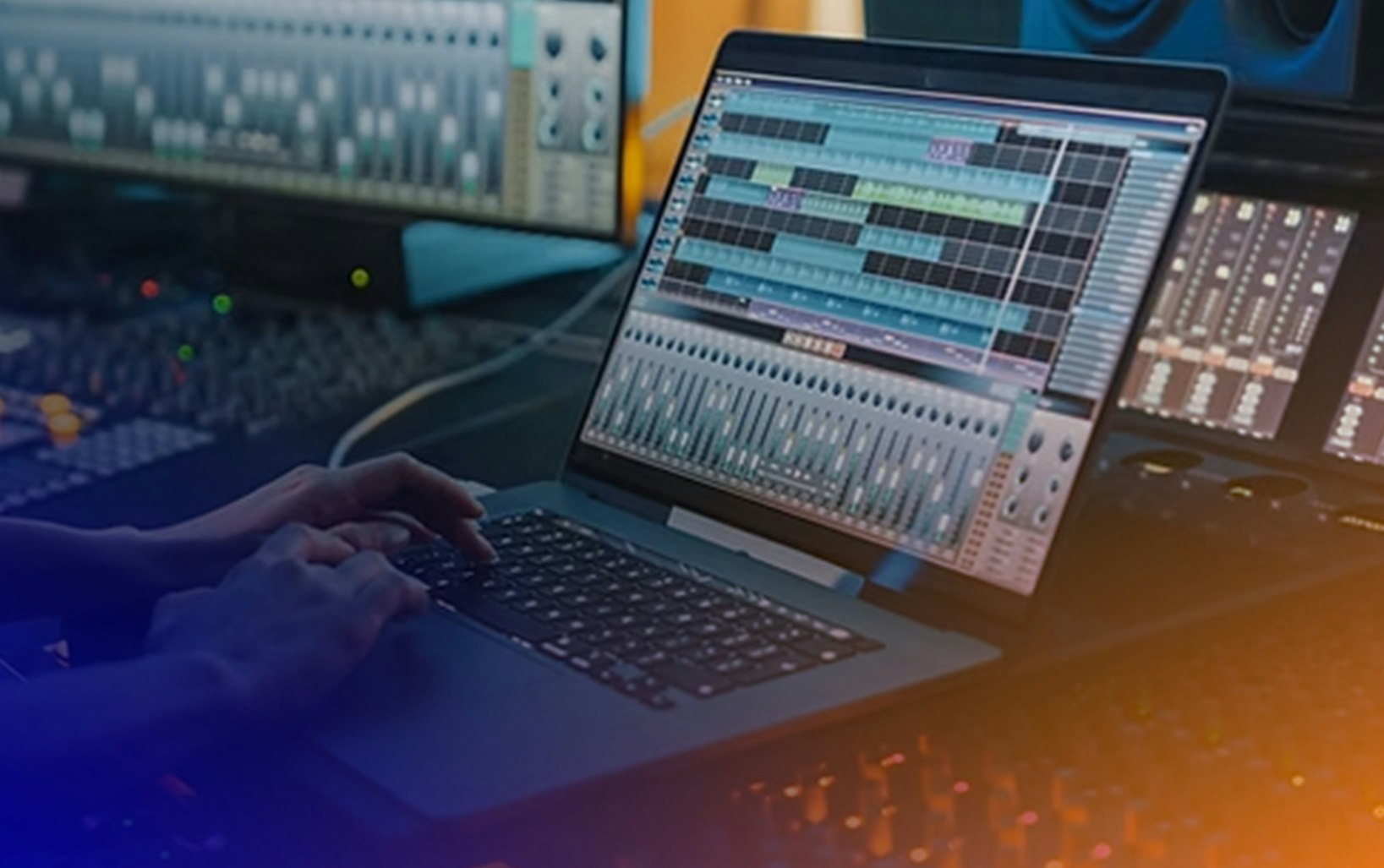

Mixing and Mastering: The Essential Steps Behind the Music You Love
By Nour Ezzedine
July 17 2025
Mixing and Mastering: The Essential Steps Behind the Music You Love
By Nour Ezzedine
July 17 2025
Every song you hear goes through a long journey — from raw recordings to the polished sound that reaches listeners’ ears. At the heart of this process are two essential steps: mixing and mastering. Together, they form the backbone that transforms scattered sounds into a cohesive listening experience, where every detail is created with clarity and depth.
As the music scene in the region continues to evolve, artists and producers are paying more attention to mixing and mastering as vital components in crafting music that truly reflects their artistic identity — whether it’s hip-hop, pop, indie, or local genres like mahraganat.
In this feature, we explore the world of mixing and mastering and sit down with three producers from the region who share their personal approaches to perfecting sound.
Mixing and Mastering — The Foundation of Professional Sound
Mixing happens after recording and involves adjusting and blending all the elements of a track — vocals, instruments, and effects — to create a balanced and harmonious sound. Producers tweak levels, pan sounds left and right, apply EQ (equalization), compression, and add effects like reverb and delay to craft the sonic space.
Mastering is the final polish. In this stage, the sound engineer adjusts the overall loudness and consistency across the track or entire album, making sure it sounds great on any system — from phone speakers to high-end sound setups; it’s the final refinement that prepares the song for release.
These stages transform raw recordings into a complete, high-quality piece of music that resonates with listeners — and are an absolute must for any serious artist in today’s music scene.
Ruhmvn: From Emotional Depth to Sonic Cohesion
Gulf-based producer Ruhmvn sees mixing and mastering as two creatively distinct stages that require different mindsets. “Mixing is where the emotional core of a song comes to life, like balancing vocals, instruments, and effects to tell the story the artist wants to share,” he explains.
On the other hand, mastering is about clarity and consistency. “Treating them as separate stages is essential because each one requires a different mindset. Mixing is expressive and detailed, while mastering is about clarity, consistency, and impact,” Ruhmvn says. He compares it to painting — where mixing is coloring the canvas, and mastering is adding the final finishing touches.
Ruhmvn reflects on one of his biggest projects, the album “Valhalla”, which featured more than 20 artists and 35 tracks. Many of the recordings were rough drafts that needed serious transformation. “Some tracks started off incredibly rough, but through mixing and mastering — emphasizing vocal presence, dynamics, and the right spatial depth — I was able to elevate them into something powerful,” he shares.
He recalls how Egyptian rapper Abu El Anwar reacted after hearing the final mix: “He told me it’s the best he’s ever heard his voice in a song. That really warmed my heart.”
Hala Sherif: From Behind the Mic to Behind the Mix
For Egyptian rapper and producer Hala Sherif, being both an artist and an engineer has given her a deeper understanding of the craft. Her experience as a performer directly influences how she writes, produces, and approaches mixing and mastering. “What makes my process unique is that I handle everything myself — writing, composing, recording, mixing, and mastering,” she says.
Hala sees mixing as her creative playground — the stage where she defines the sound and character of the track. “This is where I decide whether the track feels vintage, bright, warm like R&B, or charged with trap energy. Everything gets shaped during the mix — from levels and frequencies to how the effects sit on the vocals and instruments,” she explains.
She points to different projects that reflect her range. Her collaboration with Abyusif leaned heavily into experimental, non-traditional mixing. In contrast, when working on a PUBG campaign with Arsenik, the goal was the opposite: “We needed a clean, industry-standard sound that still preserved Arsenik’s character while keeping it bright, punchy, and commercial,” she explains.
Wardenclyph: Mixing and Mastering as Creative Production Tools
Wardenclyph, a key figure in the Arab hip-hop scene, believes mixing and mastering aren’t just technical steps but part of the production itself. “It’s all about taste and making choices that serve the song, not following a rigid template or universal standard,” he explains. “What works for one track might be totally different for the next — and that’s exactly the point.”
When working remotely with artists, especially those recording at home, he emphasizes clear communication about file preparation. Thankfully, today’s advanced tools allow him to clean up recordings that may have been done with minimal equipment.
For Wardenclyph, mixing is an extension of the creative process. “Sometimes I make small tweaks, sometimes big ones. The entire vibe can shift — the arrangement might even change,” he says. He gives the example of the track “Had Khofi” with Synaptik and Saket: “The beat was very different at first. When Synaptik laid down his vocals, it shifted about 30 percent. Then when Saket recorded, it changed even more. These shifts only happened because of the mixing process, even if it was just a rough mix.”. He concluded with: “If you compare how the instrumental started to what it became in the final version, it’s almost unrecognizable — and that’s the beauty of it. This is my process. There’s no single right way to make music.”
Share this


